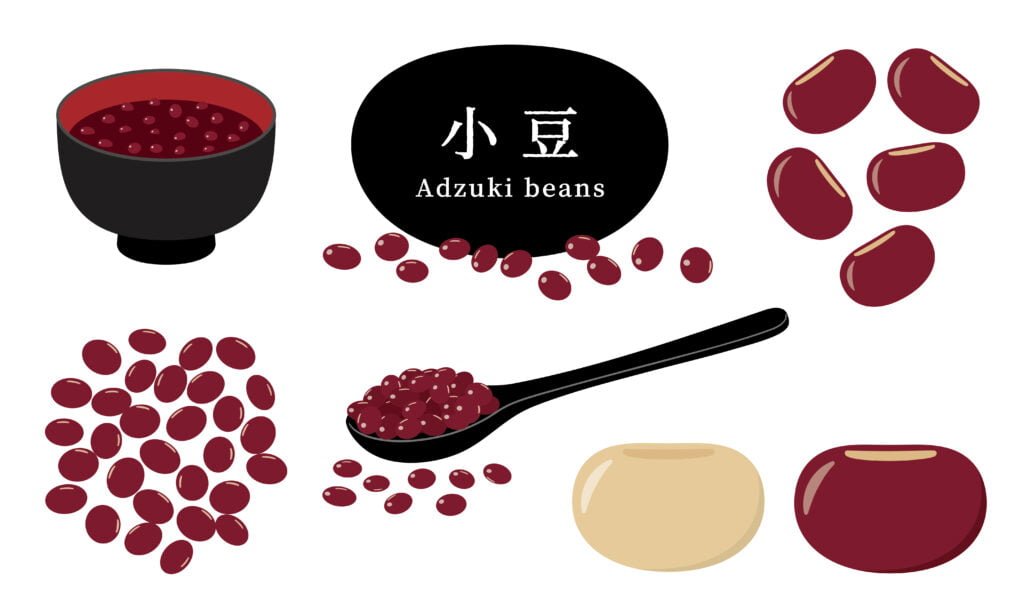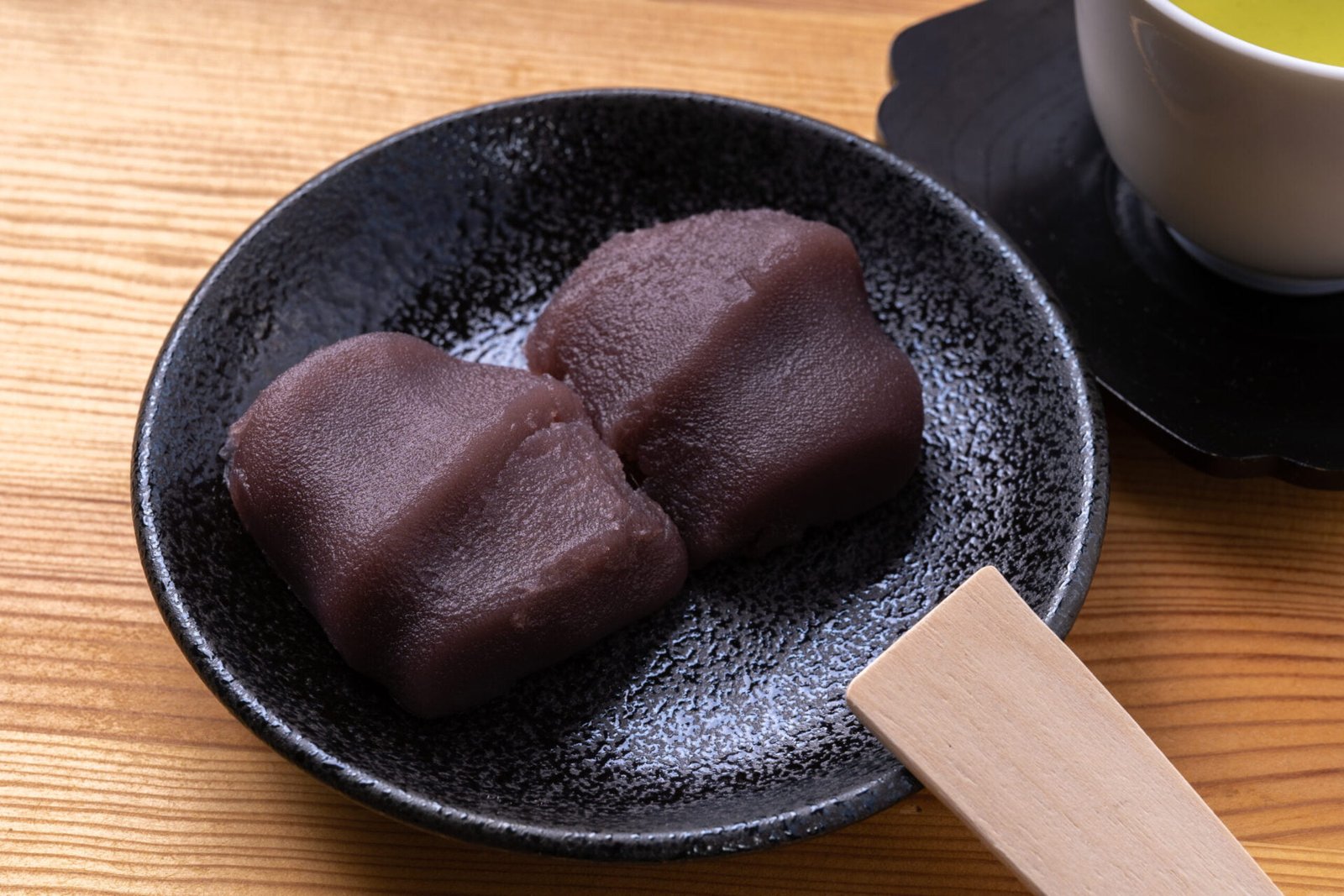The Art of Anko: Crafting the Soul of Wagashi and Japanese Desserts
Anko, the sweet bean paste at the heart of wagashi and Japanese desserts, is more than just an ingredient – it’s an art form. This cornerstone of Japanese confectionery has been delighting taste buds for centuries, playing a crucial role in traditional sweets and modern Japanese desserts alike. Let’s delve into the world of anko and uncover the secrets behind its perfect creation.
The Rich History of Anko in Japanese Sweets
Anko’s origins date back to the Asuka period (592-710 AD). Initially savory, it evolved into a sweet treat with the widespread availability of sugar during the Edo period (1603-1867). The history of anko mirrors the evolution of Japanese culinary culture, developing alongside wagashi (traditional Japanese sweets).
For a deeper dive into the cultural significance of anko and azuki beans in Japan, check out this article.

Types of Anko: The Building Blocks of Wagashi
There are three main types of anko:
- Tsubuan: A chunky paste with visible bean pieces, known for its rustic flavor.
- Koshian: A smooth paste, often used in refined wagashi.
- Shiroan: Made from white beans, offering a delicate flavor.
For more details on the characteristics and uses of each type, read our comprehensive guide to anko.
Interested in the nutritional benefits of azuki beans? Check out our article on azuki as Japan’s hidden superfood.
The Artisanal Process: Crafting Perfect Anko for Japanese Desserts
The anko-making process involves several crucial steps:
- Bean selection: Choosing high-quality beans free from impurities.
- Soaking: Beans are soaked overnight (8-12 hours) to soften.
- Boiling: Beans are cooked until soft, with careful heat control.
- Straining (for koshian): Cooked beans are strained for smoothness.
- Adding sugar: Sugar is added in 2-3 stages for optimal sweetness.
- Kneading: The paste is kneaded to achieve the right consistency and shine.
- Cooling: The finished anko is cooled to stabilize flavor and texture.
Each step requires precise temperature control and timing. Artisans adjust these elements based on years of experience to create the highest quality anko.

Mastering Anko: The Secrets of Japanese Confectioners
The true skill of an anko artisan shines in two critical areas:
Heat control: The cooking temperature greatly affects the taste and texture of anko. Artisans maintain perfect heat levels by closely observing the beans’ condition.
Straining: For koshian, the straining process determines the smoothness of the paste. The mesh size, number of strains, and applied pressure are all based on the artisan’s sensibility and experience.
Sugar adjustment: The timing and amount of sugar added are crucial. Artisans determine the optimal moment and quantity based on the beans’ condition.
These processes still rely heavily on manual work, even in our mechanized age. The artisan’s skill, based on years of experience and intuition, is difficult to replicate with machines.
Quality Factors: Ensuring Excellence in Wagashi Ingredients
Creating high-quality anko requires attention to detail from start to finish:
Ingredient selection: Choosing quality beans is the first step to delicious anko. Water quality: Soft water enhances the beans’ flavor. Sugar selection: Different types of sugar are chosen based on the desired outcome. Storage: Anko is best stored at 10-15°C (50-59°F) with 60-70% humidity.
Storage methods:
- In an airtight container in the refrigerator (3-5 days)
- Frozen in small portions (1-2 months)
- Vacuum-packed and refrigerated (1 week)
Homemade Anko: Bringing Japanese Sweets to Your Kitchen
- Choose quality beans: Select evenly sized, undamaged beans.
- Soak properly: Soak beans overnight (about 8 hours).
- Cook carefully: Start with high heat, then reduce. Remove foam for better flavor.
- Strain thoroughly: For koshian, strain 2-3 times for smoothness.
- Add sugar in stages: Divide sugar into two additions for balanced sweetness.
- Knead well: Mix thoroughly from the bottom up for a glossy finish.
- Cool and store properly: Cool before storing in the refrigerator.
Conclusion: Preserving and Evolving Anko Culture
Anko is more than just a component of wagashi and Japanese desserts – it’s a testament to the artistry and dedication of Japanese confectioners. As you explore the world of Japanese sweets, remember that each bite of anko-filled wagashi carries centuries of tradition and craftsmanship. Whether you’re savoring a traditional Japanese sweet or experimenting with modern desserts, anko remains at the heart of this delicious art form, connecting us to Japan’s rich culinary heritage.
